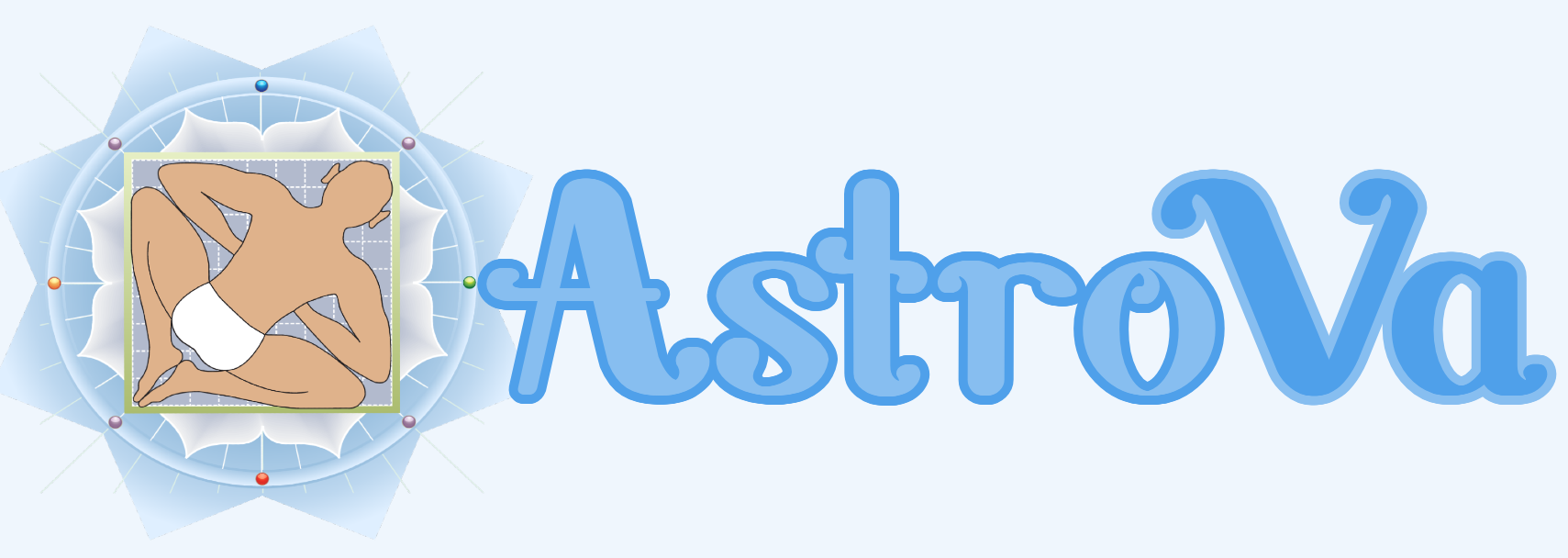Hello, Idea! How to Greet, Nurture, and Unleash Your Next Breakthrough
It starts with a whisper, a fleeting thought, a sudden flash of insight that interrupts your routine. That tiny spark, that initial “hello” from an undeveloped concept, is the genesis of every great invention, artistic masterpiece, successful business, and personal transformation. We all experience these moments of inspiration, but how often do we truly acknowledge them, let alone cultivate them into something impactful? Too often, these precious seeds of potential drift away as quickly as they arrive, lost in the noise of daily life.
Yet, your next big breakthrough isn’t just waiting to be found; it’s waiting to be welcomed. It’s about recognizing that initial ‘hello’ and understanding that even the most revolutionary ideas begin as simple, fragile notions. This article will guide you through the journey of an idea, from its first whisper to its full-blown realization, offering practical steps to ensure your brilliant thoughts don’t just pass by, but take root and flourish.
The Ephemeral Spark: Why Every Idea Deserves a ‘Hello’
Ideas are often like butterflies: beautiful, captivating, and incredibly difficult to catch. They emerge from the depths of our subconscious, triggered by observations, challenges, or even random connections. That “aha!” moment in the shower, the sudden solution during a morning run, or the curious question that pops up while reading – these are the invitations from an idea asking for your attention. The critical first step is simply to acknowledge its presence. Don’t dismiss it as just “a thought.” Give it a mental “hello.”
Capturing these initial sparks is paramount. Studies indicate that a staggering 80% of brilliant flashes of insight are lost within 24 hours if not recorded. Carry a small notebook, use a voice recorder app, or jot down notes on your phone. The format doesn’t matter; the act of externalizing the idea does. Think of it as laying down a net for those elusive butterflies. Even if the idea seems half-baked or incomplete, the act of writing it down validates its existence and prevents it from vanishing back into the ether.
Nurturing the Nascent: From Concept to Coherent Vision
Once you’ve given your idea a “hello” and captured its essence, the real work of nurturing begins. An initial thought is rarely a fully formed solution; it’s more like a raw lump of clay. Your task is to start shaping it, asking probing questions that help define its contours and purpose. What problem does this idea solve? Who benefits from it? What resources would be needed to bring it to life? Is it truly unique, or does it build upon existing concepts in an innovative way?
Engage in active exploration. Mind mapping is an excellent tool here, allowing you to branch out from the core idea, exploring related concepts, potential challenges, and possible solutions. Discuss your idea with trusted friends or colleagues who can offer fresh perspectives without immediately shutting it down. This stage isn’t about perfection; it’s about expansion and clarification. It’s about taking that initial “hello” and turning it into a deeper conversation, helping you understand what your idea truly wants to become.
The Incubation Period: Allowing Ideas to Breathe and Evolve
Not every idea demands immediate action. Sometimes, the most productive thing you can do for a developing concept is to step away from it. This incubation period allows your subconscious mind to work on the problem, making connections that your conscious mind might miss. It’s like planting a seed and then giving it time, water, and sunlight to grow, rather than constantly digging it up to check its progress.
During this phase, continue to gather diverse inputs without directly working on the idea. Read widely, engage in different activities, or simply take a walk. Often, solutions or clearer directions emerge when you’re not actively forcing them. This is also a crucial time for gathering feedback. Share your evolving concept with a wider, yet still supportive, audience. Be open to constructive criticism, but learn to differentiate between genuine insights and negativity that stems from a lack of vision. Some of history’s most transformative ideas, from the theory of relativity to the personal computer, underwent long periods of quiet refinement before their public debut.
Unleashing the Potential: Taking Your Idea from Thought to Tangible
The transition from a nurtured concept to a tangible reality is where many ideas falter. Fear of failure, perfectionism, or simply not knowing where to start can be paralyzing. However, the true power of an idea is only realized when it moves beyond your mind and interacts with the world. This is the “unleash” phase, where your initial “hello” transforms into a confident declaration.
Start small, iterate often. Instead of aiming for a flawless final product immediately, focus on creating a minimum viable product (MVP) or a small-scale prototype. If your idea is for an app, sketch out key screens. If it’s a new service, offer a simplified version to a few clients. This iterative approach allows you to test your assumptions, gather real-world feedback, and refine your idea based on actual usage. Embracing failure as a learning opportunity is vital here. Each misstep provides invaluable data, guiding you closer to success. Remember, every major innovation, from the first aeroplane to the internet, started as a rough concept, refined through countless trials and adjustments.
Embrace the Journey of Every Idea
From the quiet whisper of “hello” to the roar of a breakthrough, the journey of an idea is a powerful testament to human creativity and perseverance. It demands attention, nurturing, patience, and ultimately, courageous action. Don’t let your brilliant flashes of insight remain undeveloped potential. Recognize them, capture them, shape them, allow them to grow, and then bravely introduce them to the world.
What idea will you greet today? What nascent concept will you empower to grow into your next great achievement? The world is waiting for your unique contribution.
